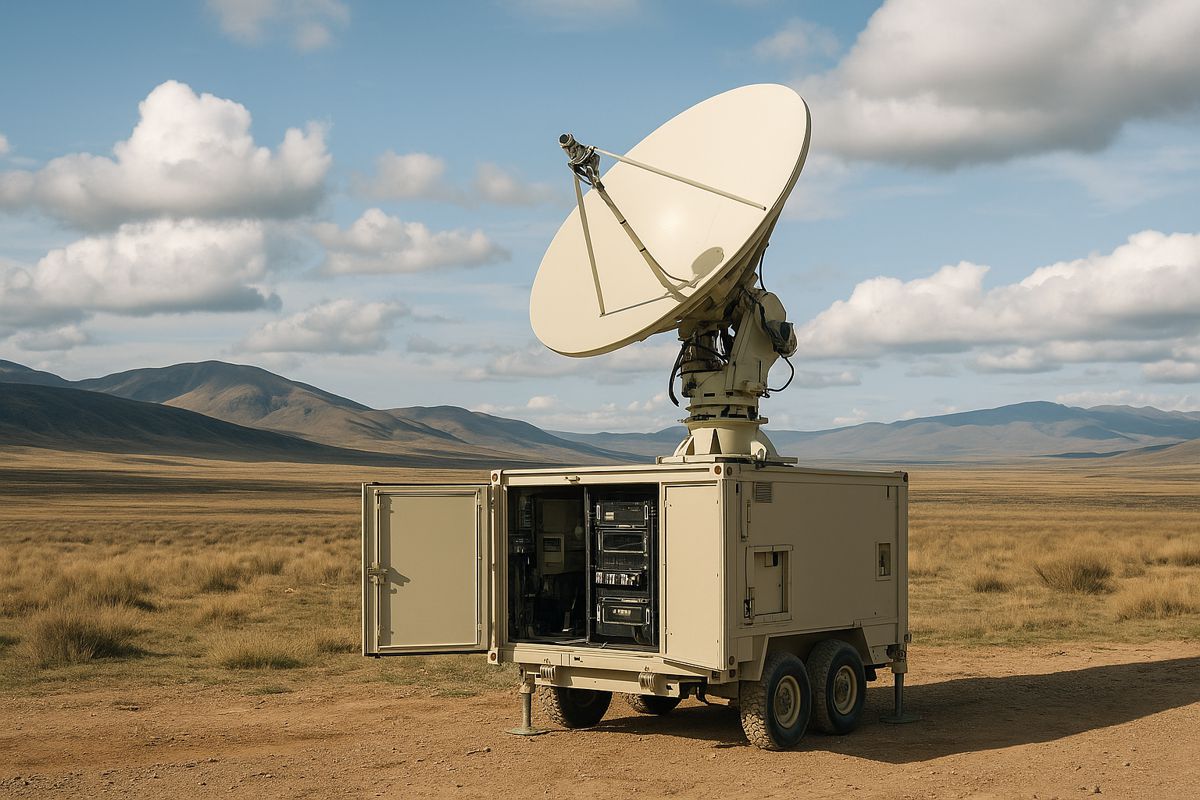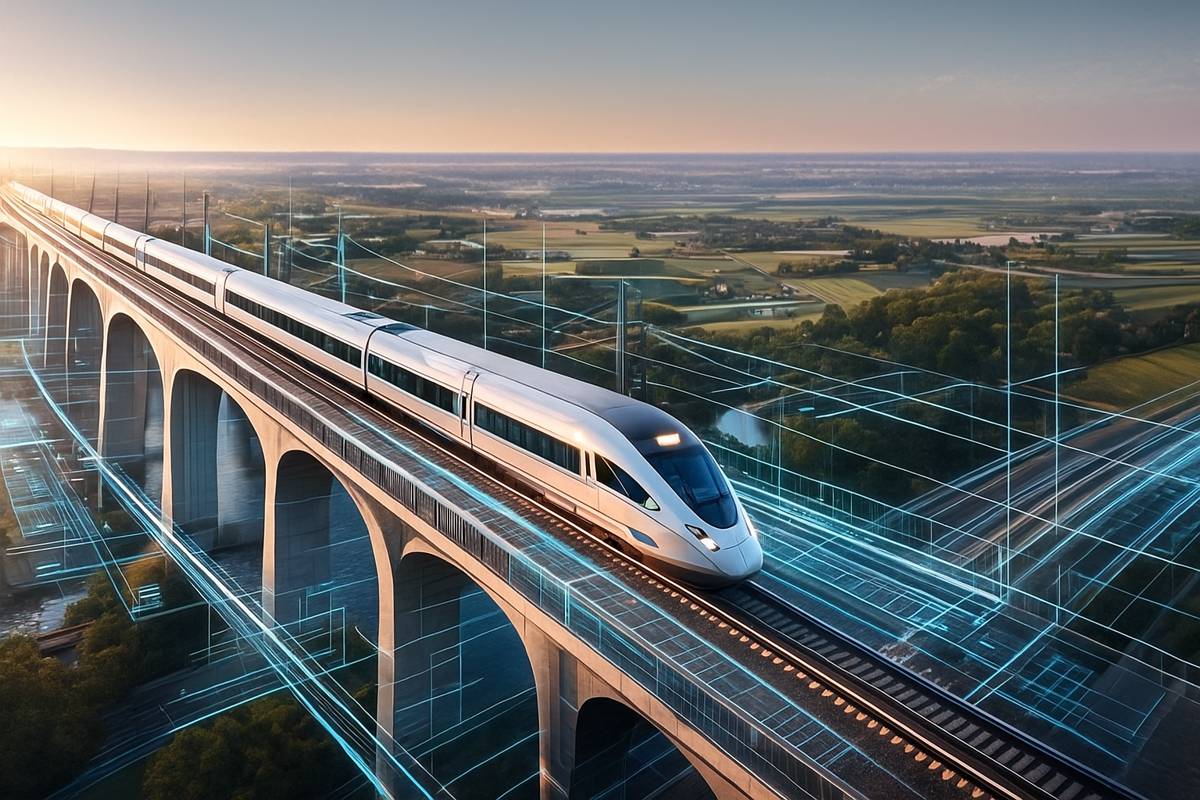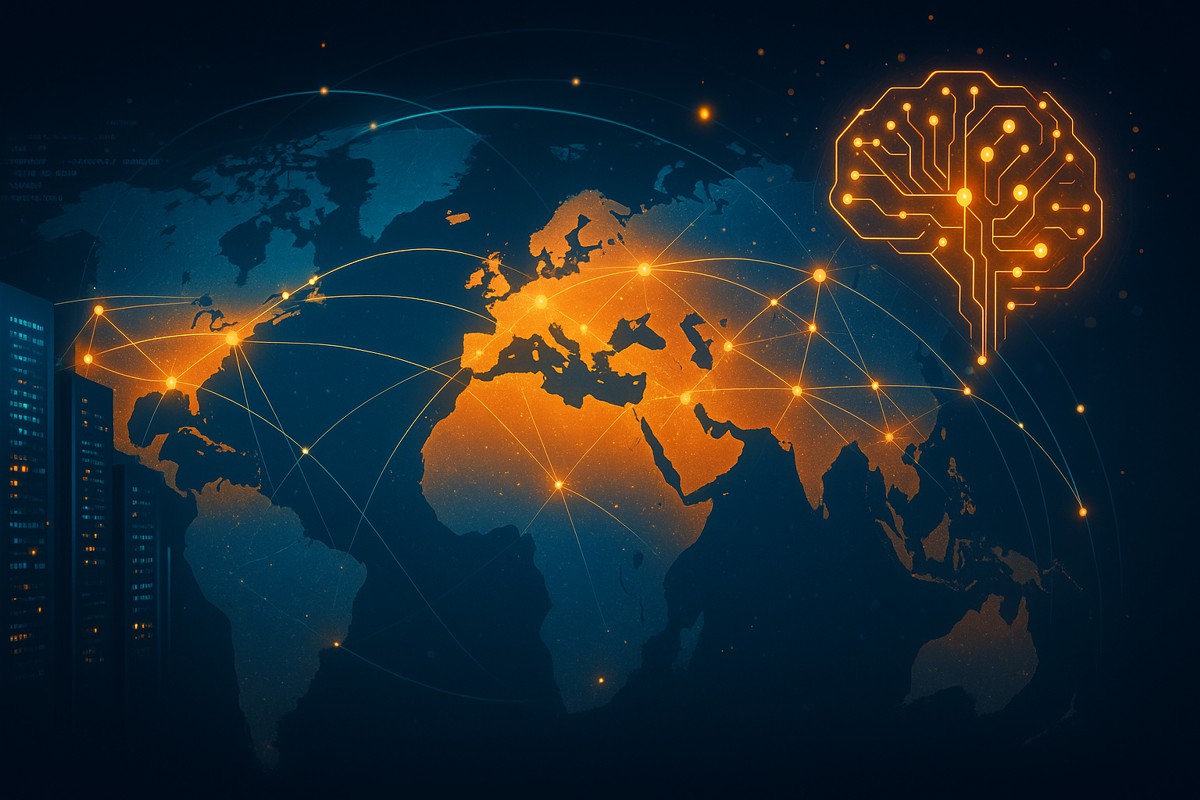The Next Evolution of IoT Connectivity
In 2022, there were more than 13.1 billion connected devices worldwide and that number will more than double by 2030. That’s a lot of data.
In the transportation sector alone, the use cases for Internet of Things (IoT) devices are innumerable – and growing. They are shaping the future of mobility by enhancing transportation systems, improving efficiency and reducing environmental impact. By enabling data collection, then analysing the information and providing transformative insights, IoT devices inform decisions that optimize traffic flow and reduce congestion.
For instance, IoT-enabled traffic lights can adjust their timing based on the flow of traffic – reducing wait times and emissions for idling vehicles. And, as electric and autonomous vehicles and fleets become more prevalent, cars will rely on a vast array of sensors to navigate roads safely and avoid collisions.
But with IoT devices come data gluts, higher costs of storing an unmanageable amount of data and increased security risks. So, how can the transportation industry continue to embrace the benefits of IoT while managing its pain points? The answer is fog computing.
Fog Computing and Its Role in the Transportation Sector
Fog computing is so named because it extends cloud computing closer to the network edge where data is generated. Essentially, it’s a cloud on the ground. By processing data closer to the source, fog computing improves speed and enables real-time data analysis and faster decision-making, which is critical in emergency situations. Whereas cloud storage can be costly and resource-intensive, fog computing processes and filters data at the network edge, allowing it to send only relevant information to the cloud, which reduces bandwidth while minimizing data loss and keeping costs down. Maintaining relevant information locally allows workloads to continue making smart decisions, even when connectivity with the cloud is lost.
Because of this, fog computing provides a kind of relief for networks by making them more reliable and faster. As the transportation sector evolves due to the use of artificial intelligence (AI) and next generation IoT devices, fog computing will help to minimize the cost of storing data and will make sure that only the most essential information is processed.
Additionally, fog computing provides many cybersecurity benefits:
- By working within a system, fog computing reduces the damage done by cyber-attacks.
- Fog computing helps to both limit the amount of data exchanged and speed up transfer, reducing attack surfaces and minimizing network exposure.
- Fog computing keeps sensitive and confidential data out of reach from vulnerable public networks, thereby preventing any cybercriminals from easily gaining access to it.
- It allows for malware and infected files to be detected at the device level long before they even have the opportunity to infect the whole network.
Here are several use cases for IoT devices in the transportation sector:
Traffic Pattern Analysis
When accidents happen, IoT devices can notify emergency services immediately, enabling faster response. They can also alert drivers, helping them to avoid congestion, keeping them out of harm’s way, and enabling improved access for emergency vehicles approaching the scene.
Data collected from these devices can then inform city planners so they can adjust traffic signal timing and even make future infrastructure decisions. Using fog computing, the data is not only transferred faster; local processing also eases the burden on the city’s network.
Vehicle Repair
Fog computing is transforming vehicle diagnostics and maintenance. Traditionally, vehicle data has been collected and analysed at centralized locations, often requiring vehicles to be taken to service centers for evaluation. With fog computing, however, vehicles can perform real-time diagnostics and transmit this information to manufacturers and service providers, enabling predictive maintenance and reducing the need for costly and time-consuming repairs. This not only benefits vehicle owners but also helps manufacturers optimize their service networks and reduce costs.
Road Maintenance
IoT devices play a role in keeping road conditions safe and running smoothly. By storing and analysing data on road conditions and maintenance schedules, local governments can prioritize projects and keep things moving…literally!
Smart Cities
Smart cities synergize data and the insights that data provides, enabling connected devices to work together. Using local processing and real-time communication, IoT devices can optimize traffic flow, reduce emissions and even improve road safety for vehicles and pedestrians alike.
Network Infrastructure Requirements
Even with all these benefits, fog computing brings its own set of challenges. Most importantly, it necessitates a strong, reliable network infrastructure, which can require costly network upgrades, particularly in areas with limited connectivity.
An additional challenge for enterprises in these areas is budgetary constraints, but the good news is, network upgrades don’t have to require a complete overhaul. Companies like 46 Labs, an automated platform that connects large enterprises through voice, data and messaging, can solve outdated network issues in real time without having to overhaul the entire system. While replacing the network is the ideal choice, those who cannot make the massive change must turn to software providers who can monitor and update network technology that poses a risk to users.
The Value of Fog Computing Now and in the Future
As the world embraces electric and autonomous methods of transportation, the sector will welcome an entirely new set of IoT devices to its realm. From sensors that assist with navigation to vehicle-to-vehicle (V2V) and vehicle-to-everything (V2X) devices that communicate weather conditions and more, the necessity for speed and security in data transfer will only increase.
When safety and speed are critical, the transportation sector must ensure that the growing volumes of data from IoT devices are transmitted and stored reliably, efficiently and securely – where fog computing excels.
Article by Trevor Francis, founder and CEO of 46 Labs, Trevor Francis is a leading authority on connectivity infrastructures. Trevor has multiple decades of experience developing cutting-edge digital transformation solutions for large enterprises and service providers. Trevor began his telecom career helping PTTs in developing countries modernize their infrastructure. His success in those engagements led to management agreements to operate those networks on behalf of the operators. Today, 46 Labs connects large enterprises through voice, data and messaging through a connectivity orchestration platform that is entirely software-defined and offers a zero-trust level of security no one else has.




















